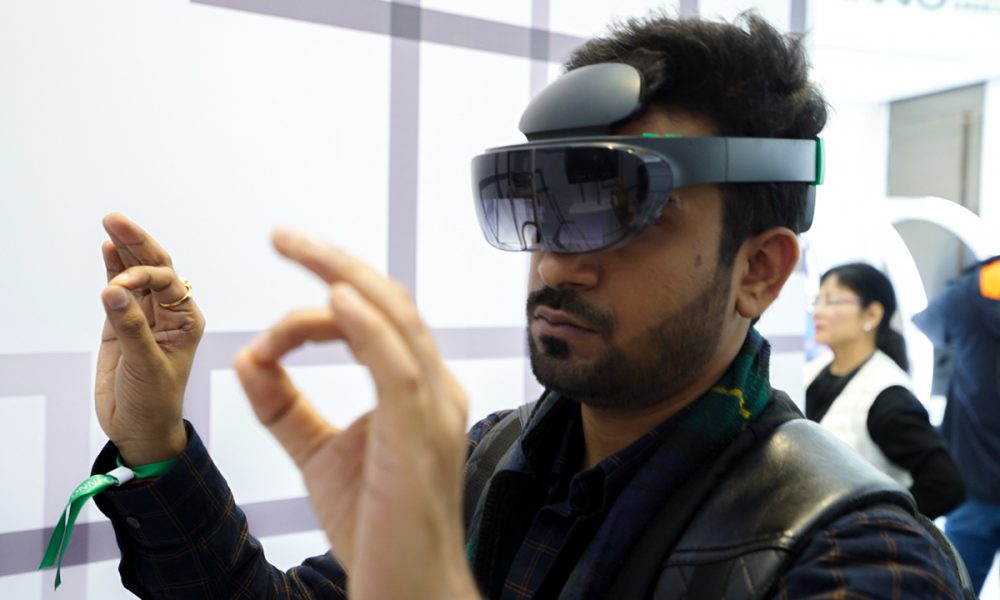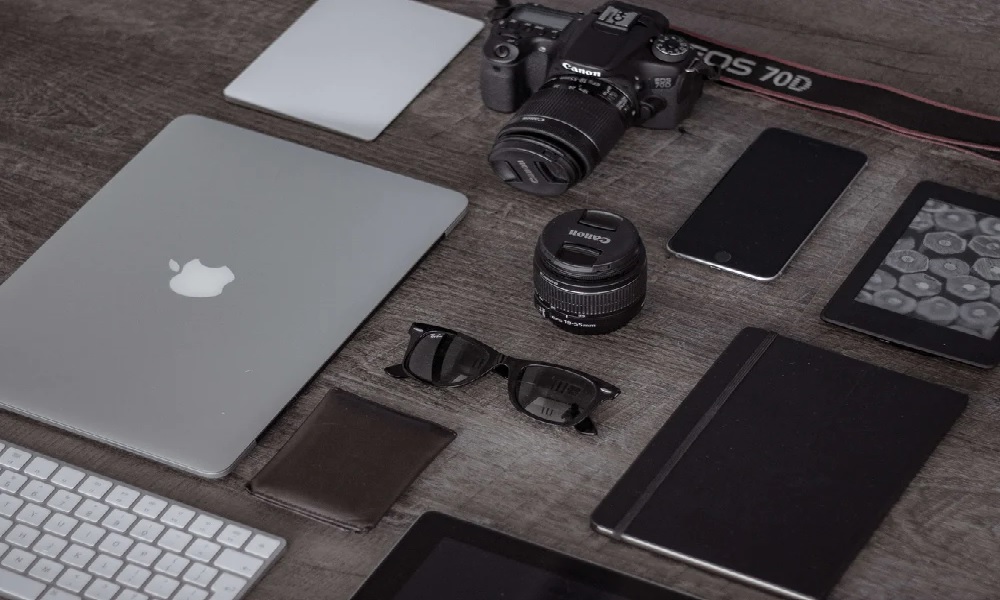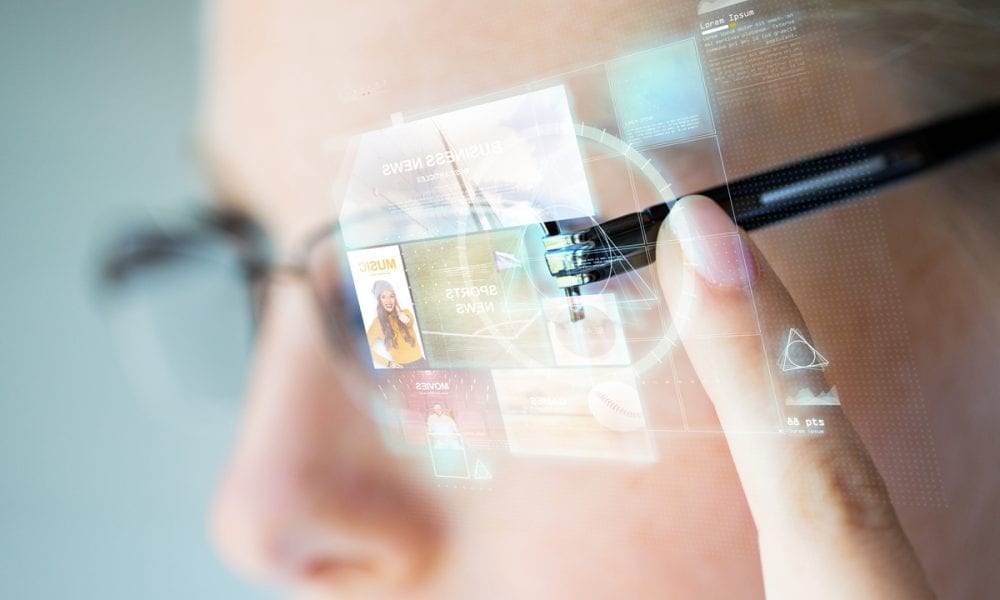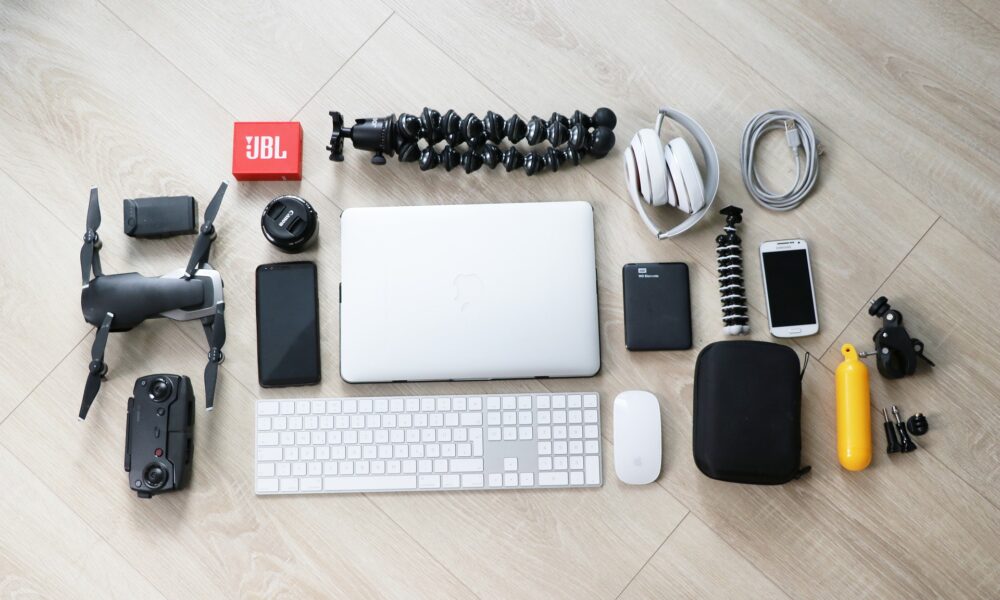Assistive technology has become a game-changer for people with disabilities, allowing them to overcome barriers and live more independently. Innovative assistive technologies have made significant progress over the years, and there are now a wide variety of devices and tools available that can make a significant difference in the lives of people with disabilities. Let’s explore some of the most innovative assistive technologies that are helping people with disabilities live more fulfilling lives.
1. Smart Glasses
Smart glasses are an innovative and emerging technology that can be a game-changer for people with visual impairments. They use cameras and sensors to capture the user’s surroundings and display the information on the inside of the glasses, allowing users to see and navigate their environment better. Smart glasses can also recognize faces, read text aloud, and provide audio descriptions of objects, making them a valuable tool for people with visual impairments.
2. Exoskeletons
Exoskeletons are wearable devices that can assist people with physical disabilities to walk or stand. They work by providing support and strength to the user’s limbs, allowing them to move more easily. Exoskeletons are an innovative technology that has the potential to transform the lives of people with mobility impairments, enabling them to perform tasks they might not have been able to do before.
3. Brain-Computer Interfaces
Brain-computer interfaces (BCIs) are innovative technologies that allow people with severe physical disabilities to control computers and other devices using their brainwaves. BCIs work by detecting electrical signals in the brain and translating them into commands that can be used to control devices. This technology provides a way for people with disabilities to communicate and interact with the world in new and exciting ways.
4. Voice Assistants
Voice assistants, such as Amazon’s Alexa and Google Home, are innovative technologies that can help people with disabilities to control their environment. They work by responding to voice commands, allowing users to control devices, make phone calls, and access information without needing to use their hands. Voice assistants can be a valuable tool for people with disabilities who have difficulty using their hands or who have limited mobility.
5. Prosthetics
Prosthetics have been around for a long time, but recent innovations have made them more advanced and functional than ever before. Modern prosthetics can now be controlled using muscle signals, allowing users to perform complex movements and tasks. Prosthetics can be customized to fit the user’s specific needs, enabling them to live more independently and participate in activities they might not have been able to do before.
Innovative assistive technologies have made a significant difference in the lives of people with disabilities, allowing them to overcome barriers and live more independently. From smart glasses to brain-computer interfaces, these technologies have the potential to transform the lives of millions of people around the world. As technology continues to advance, we can expect to see even more innovative assistive technologies that will make a difference in the lives of people with disabilities.




